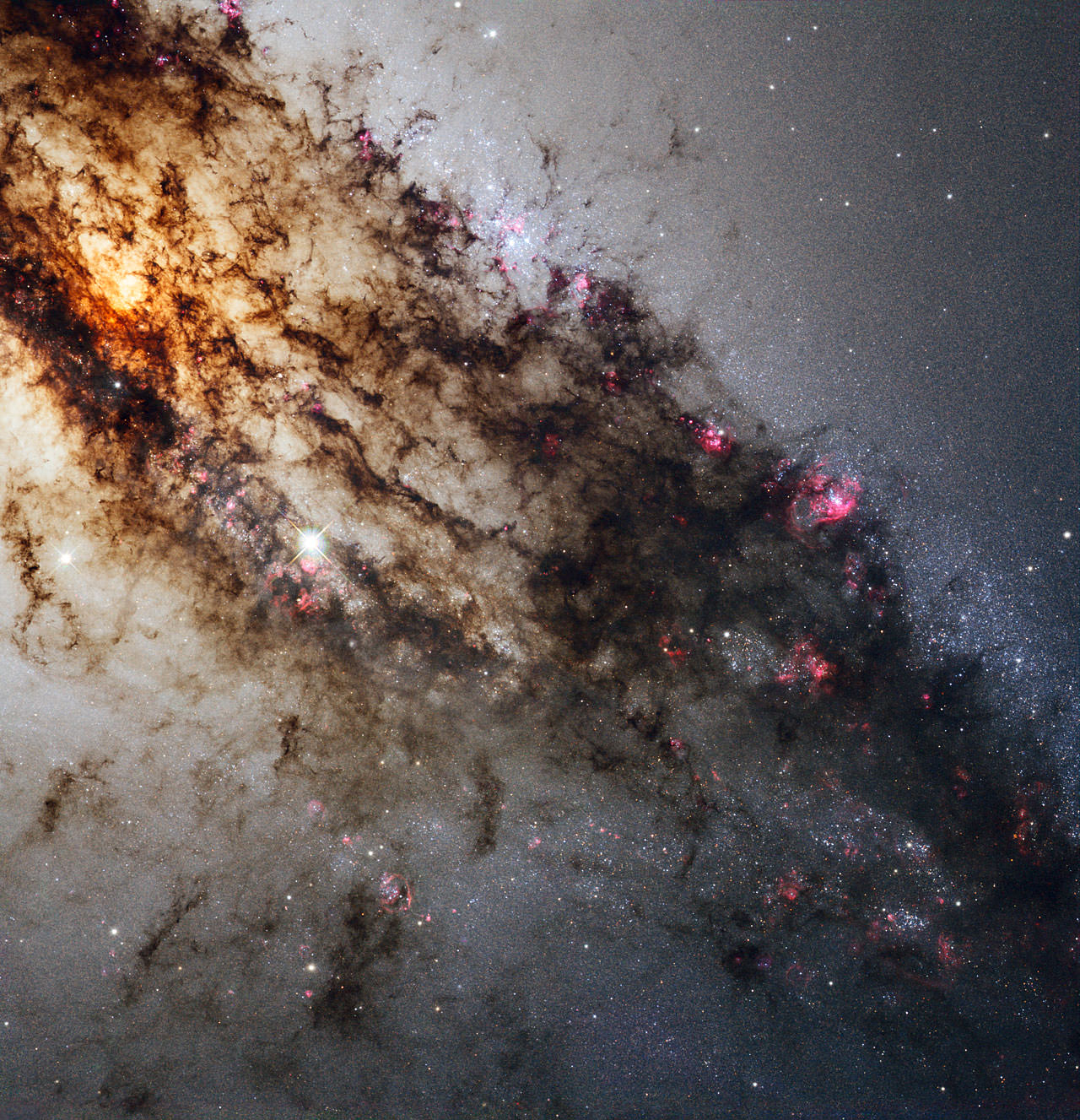demosthenes
Member
Naked Snake said:It is widely accepted that there is a super massive black hole at the center of our galaxy (and at the center of most/all galaxies). We can't however see this back hole due to thick dust clouds along the galactic plane.
As for why it is bright, that has been confusing me for a while too. I thought black holes are, well, black, i.e. invisible. But I recently watched in interview with Micho Kaku (spelling?) who said if weren't for the dust clouds obscuring our view, then the black hole at the center of our galaxy would appear brighter than the full moon at night to the naked eye! That caught me off guard and I still don't know the explanation (didn't try to look it up)...
Perhaps it has to do with the massive amounts of matter (including nearby stars) that are being constantly sucked in by the black hole? All that tearing and compressing of matter and space time around the event horizon must be releasing insane amounts of energy (and thus glows?)... Also don't objects going into the black hole apprear (for a distant observer) to be continually slowing down as they approach the event horizon but never fully reach it (relativity)? Which might explain the intense brightness, as all that mass would appears to be accumilating in ever growing quantities around the black hole since an observer can never see something "go inside".
I wrote all that from bed on my phone as I struggle to sleep at 6 in the morning. Phone web browser doesn't support tabs so I can't look up any of that to verify it. So might all be wrong
I was told by my astronomy Professor that stars are just closer together near the center of the galaxy, so close in fact that in some areas you wouldn't experience a night time like we do here on Earth on some planets.








